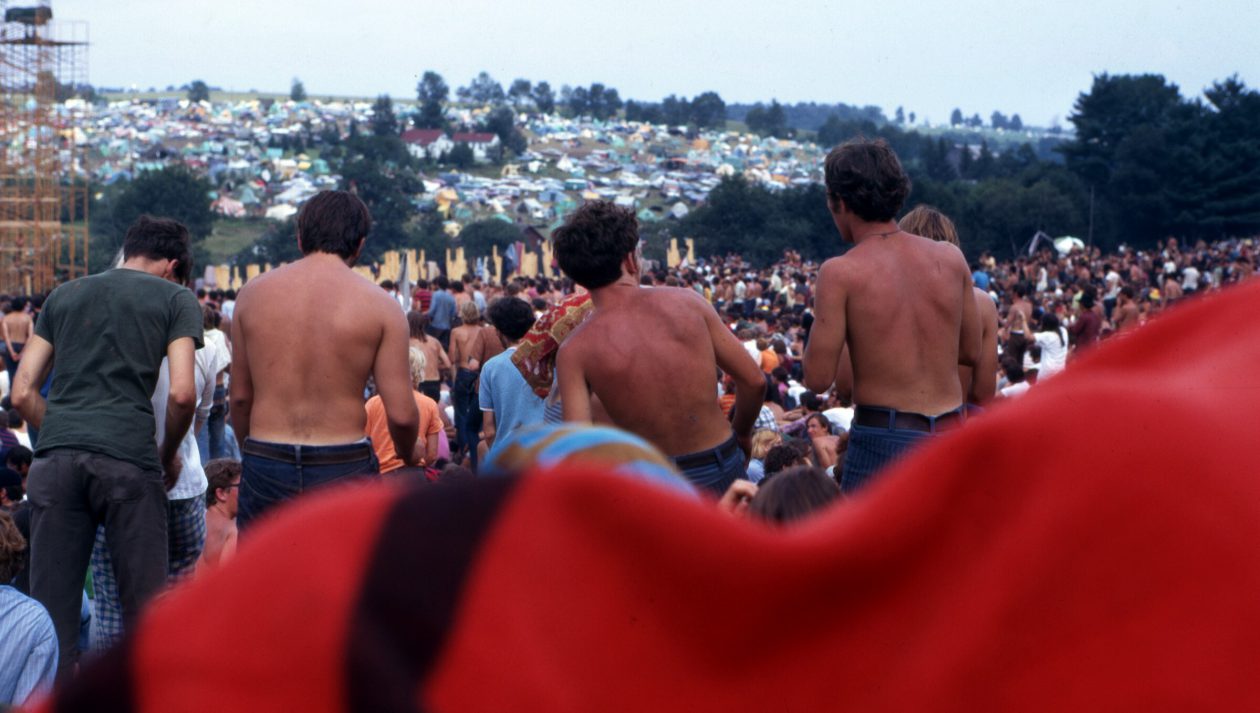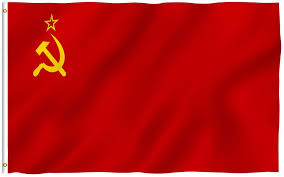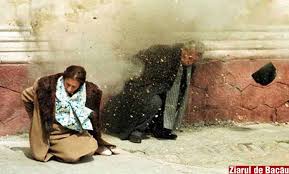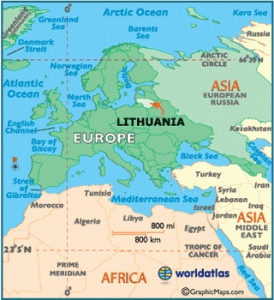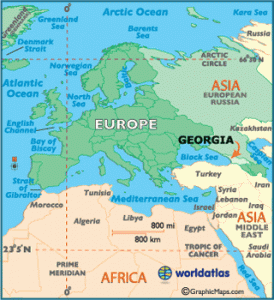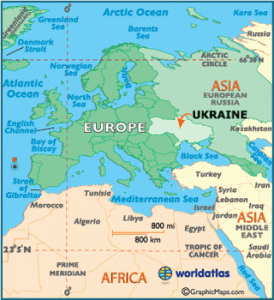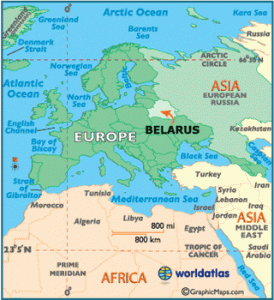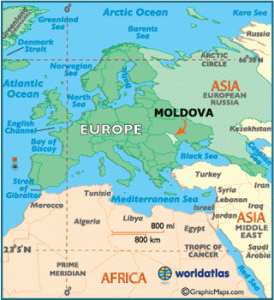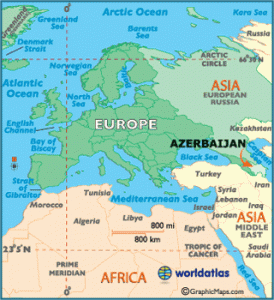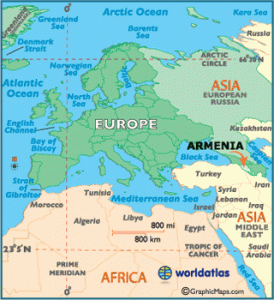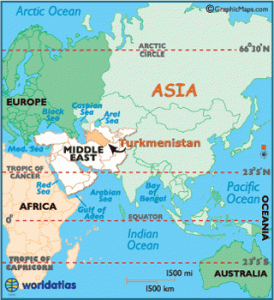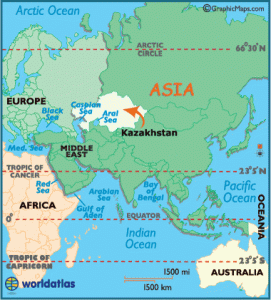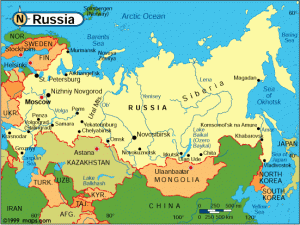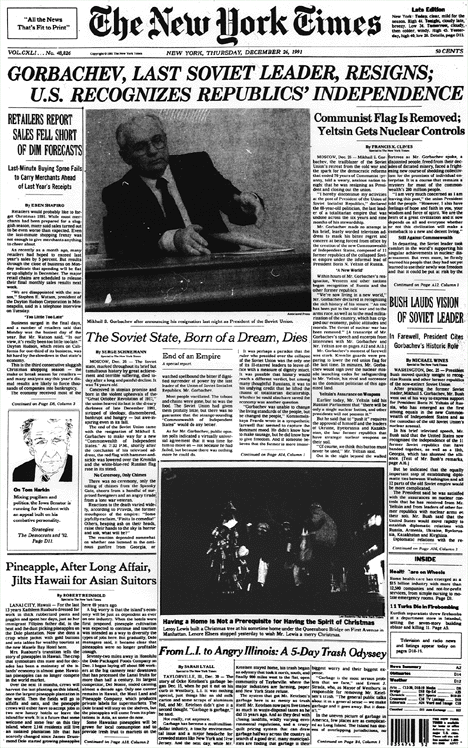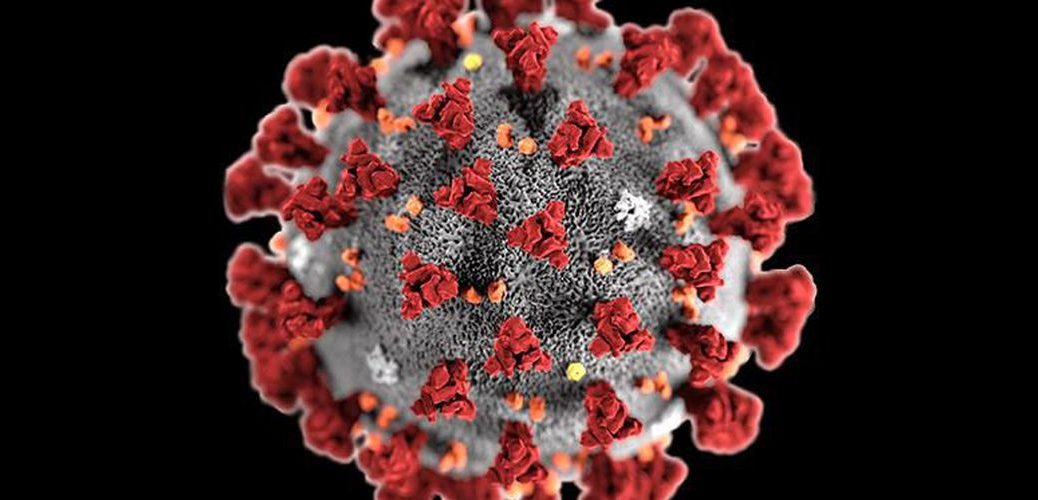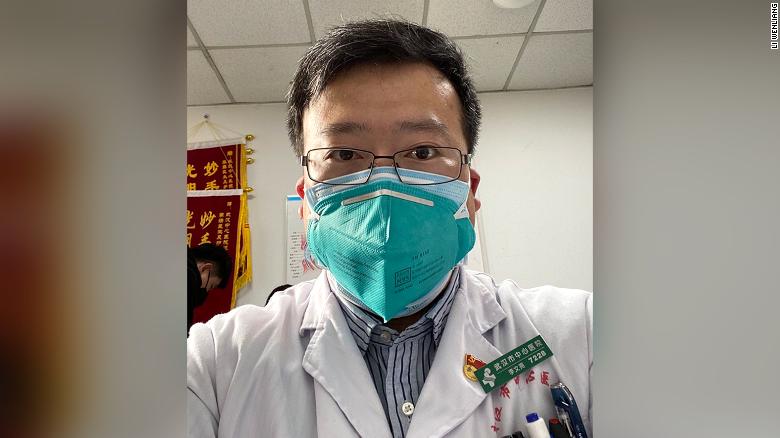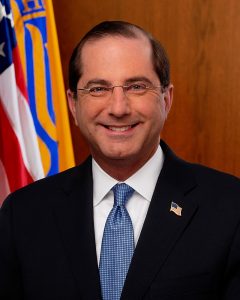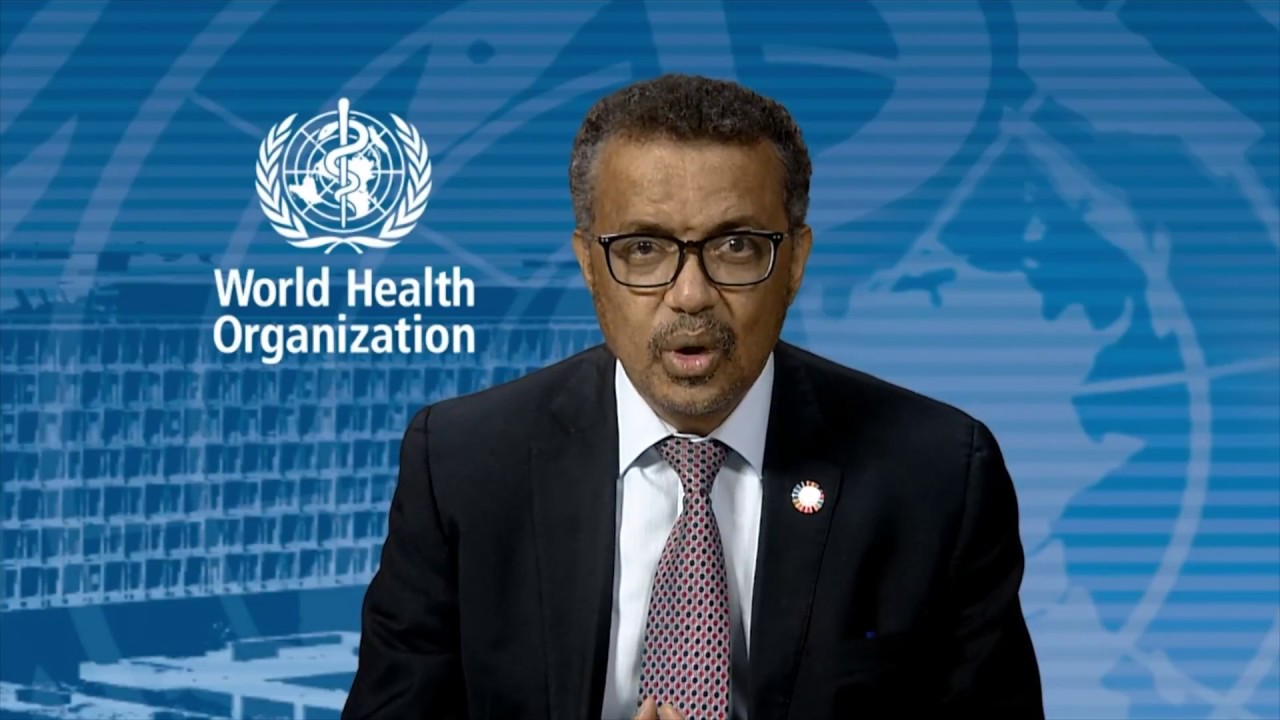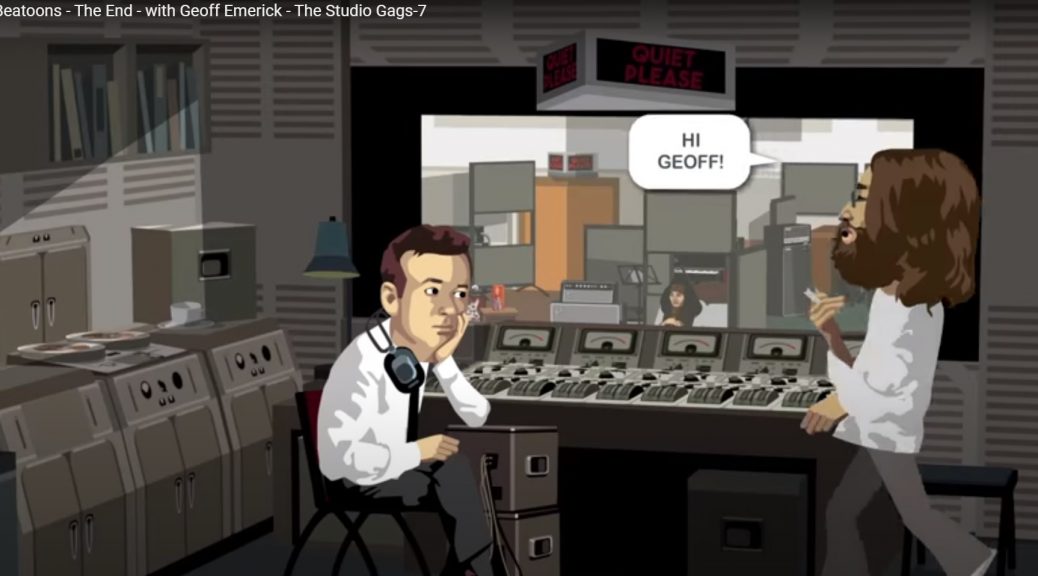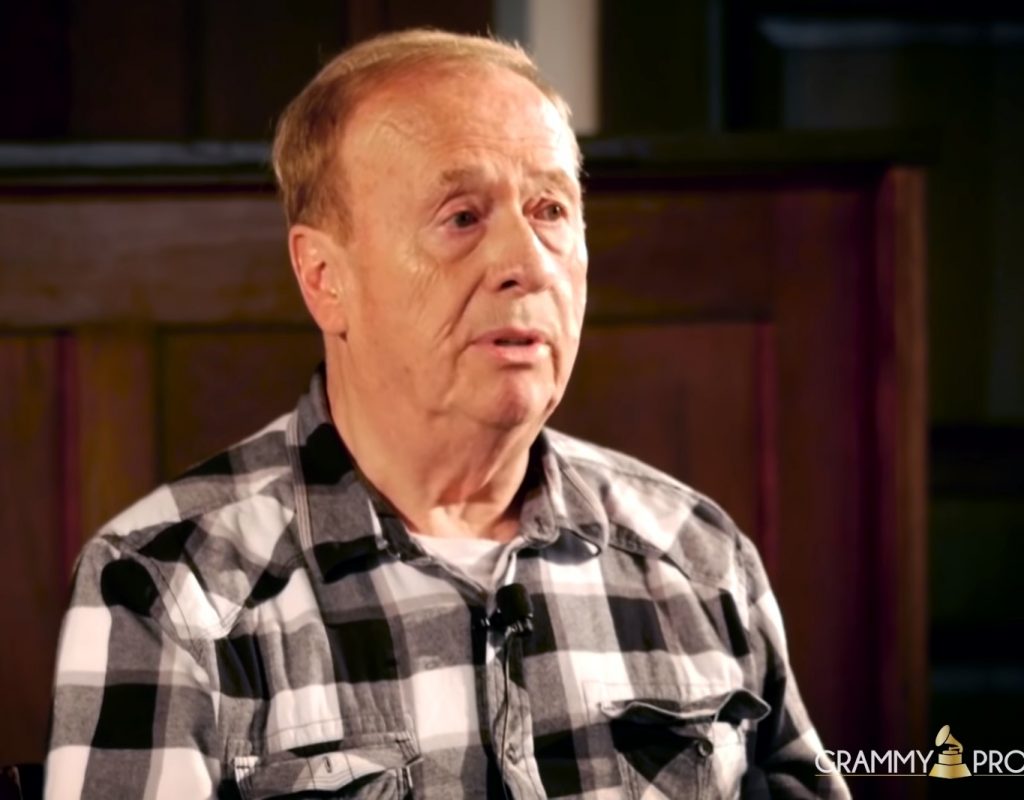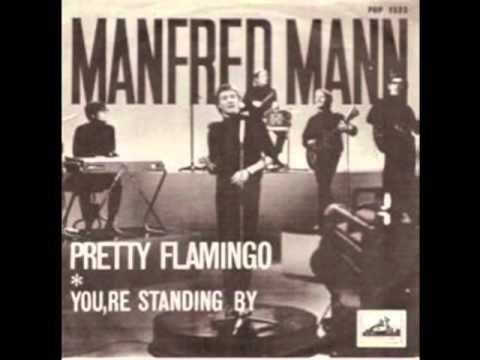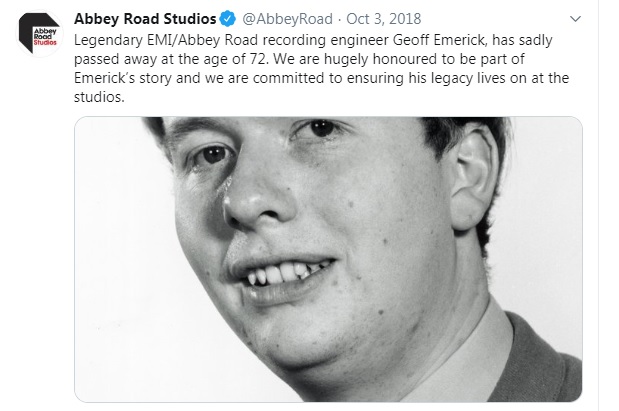USSR Dissolves
Long live our Soviet motherland,
Built by the people’s mighty hand.
Long live our people, united and free.
Strong in our friendship tried by fire.
Long may our crimson flag inspire,
Shining in glory for all men to see.
The Red Menace
As Baby Boomers there was no greater enemy than the Soviet Union. We stockpiled atomic weapons for the war that was sure to come. We put those weapons on top of rockets, in land bunkers, aboard submarines, ships, huge flying bombers, and secret places.
If a Boomer were a Catholic, then they prayed for the conversion of “Russia” (easier than saying the Union of Soviet Socialist Republics) at the end of every Sunday mass.
If we wanted to label something an enemy, we said the person was a Communist, a Red, a -nik.
We had to keep Communism contained despite its spread into so many countries: eastern Europe, Cuba, central America, Africa, South America, and Asia.
We sent thousands of our soldiers to Korea to stop the spread of Communism. We sent thousands of our troops to Vietnam to stop the spread of Communism. Our military budget, the largest of any nation anywhere, was predicated on stopping Communism.
USSR Dissolves
Birth of a Nation
On December 30, 1922 in post-revolutionary Russia, the Union of Soviet Socialist Republics (USSR) is established, comprising a confederation of Russia, Belorussia, Ukraine, and the Transcaucasian Federation (divided in 1936 into the Georgian, Azerbaijan, and Armenian republics). Also known as the Soviet Union, the new communist state was the successor to the Russian Empire and the first country in the world to be based on Marxist socialism.
The USSR eventually consisted of: Russia, Ukraine, Byleorussia, Armenia, Georgia, Azerbaijan, Lithuania, Latvia, Estonia, Moldovia, Kazakhstan, Kirghizia, Uzbekistan, Turmenia, and Tajikistan.
USSR Dissolves
Dissolution of a Nation
When it happened, it happened, ironically, like the dominoes we had fought so hard to stop from happening.
The economics, the politics, the many pieces that led to the dissolution of the USSR are more than this blog can cover. Dates are easier to list.
These dates include the withdrawal of the Soviet Union from the countries of eastern Europe. Countries that while not officially part of the USSR, were satellites of the vast Union.
USSR Dissolves
Leaks in the dam
September 11, 1988: 300,000 demonstrate for independence in Estonia.
August 23, 1989: two million indigenous people of Estonia, Latvia and Lithuania joined hands to demand freedom and independence, forming an uninterrupted 600 km human chain called the Baltic Way.
August 23, 1989: Hungary (a Soviet satellite) removed border restrictions with Austria (a free European country)
September 10, 1989: thousands of East Germans cross the Austria-Hungary frontier after Budapest waived border restrictions amid the largest legal exodus from eastern Europe since 1945.
USSR Dissolves
Satellites waiver
The Wall Falls
November 9, 1989: the fall of the Berlin Wall. East Germany’s communist government allowed all citizens direct passage to the west, rendering the Berlin Wall obsolete.
Czechoslovakia
November 17, 1989: riot police put down student protests against the communist government in Czechoslovakia. The incident started a series of non-violent protests that finally forced the communists from power two weeks later.
November 29, 1989: in response to a growing pro-democracy movement in Czechoslovakia, the Communist-run parliament ended the party’s 40-year monopoly on power.
Romania
December 15, 1989: a popular uprising began in Romania.
December 17, 1989: Timișoara Riot in Romania. Demonstrations in the city of Timișoara were triggered by the government-sponsored attempt to evict László Tőkés, an ethnic Hungarian pastor, accused by the government of inciting ethnic hatred. Members of his ethnic Hungarian congregation surrounded his apartment in a show of support. Romanian students spontaneously joined the demonstration which had became a more general anti-government demonstration. Regular military forces, police and Security fired on demonstrators killing and injuring men, women and children.
December 19, 1989: workers in Romanian cities go on strike in protest against the communist regime.
December 21, 1989: Romanian leader, Nicolae Ceaușescu, spoke to crowd of the Socialist revolution’s chievements and Romanian “multi-laterally developed Socialist society.” Roughly eight minutes into his speech, several people began jeering, booing and whistling at him and shouting “Timișoara,” a reaction that would have been unthinkable for most of the previous quarter-century of his rule. As the speech wore on, more and more people did the same. He tried to silence them by raising his right hand and calling for the crowd’s attention before order was temporarily restored, then proceeded to announce social benefit reforms. The crowd continued to boo and heckle him.
December 22, 1989: the Romanian army defected to the cause of anti-communist demonstrators, and the government of Nicolae Ceausescu was overthrown. Ceaușescu and his wife Elena flee.
Berlin
December 22, 1989: Berlin’s Brandenburg gate is reopened.
USSR Dissolves
Ceaușescus executed
December 25, 1989: near Târgoviște, Romania the Ceaușescus were court-martialled on orders of the National Salvation Front, Romania’s provisional government. They faced charges including illegal gathering of wealth and genocide. Ceaușescu repeatedly denied the court’s authority to try him, and asserted he was still legally president of Romania.
At the end of the quick trial the Ceaușescus were found guilty and sentenced to death. A soldier standing guard in the proceedings was ordered to take the Ceaușescus out back one by one and shoot them, but the Ceaușescus demanded to die together. The soldiers agreed to this and began to tie their hands behind their back which the Ceaușescus protested against but were powerless to prevent.
The Ceaușescus were executed by three of soldiers though reportedly hundreds of others also volunteered. The firing squad began shooting as soon as the two were in position against a wall. Before his sentence was carried out, Nicolae Ceaușescu sang “The Internationale” while being led up against the wall.
USSR Dissolves
Republics waiver
Lithuania
January 11, 1990: in Lithuania, 300,000 demonstrated for independence.
Armenia and Azerbaijan
January 16, 1990: in the wake of vicious fighting between Armenian and Azerbaijani forces in Azerbaijan, the Soviet government sends in 11,000 troops to quell the conflict.
The fighting–and the official Soviet reaction to it–was an indication of the increasing ineffectiveness of the central Soviet government in maintaining control in the Soviet republics, and of Soviet leader Mikhail Gorbachev’s weakening political power.
Political power outage
February 7, 1990: the Central Committee of the Soviet Union’s Communist Party agreed to endorse President Mikhail Gorbachev’s recommendation that the party give up its 70-year long monopoly of political power. The Committee’s decision to allow political challenges to the party’s dominance in Russia was yet another signal of the impending collapse of the Soviet system.
Lithuania
March 15, 1990: the Soviet Union announced that Lithuania’s declaration of independence was invalid.
May 4, 1990: Latvia declared independence from the Soviet Union.
One Germany
October 3, 1990: Germany reunited.
USSR Dissolves
August 1991 dominoes
Georgia
April 9, 1991: the Supreme Council of the Republic of Georgia declared independence from the Soviet Union.
Estonia
August 20, 1991: Estonia declares its independence from the Soviet Union.
Lativa
August 21, 1991: Latvia declares its independence from the Soviet Union.
Ukraine
August 24, 1991: Ukraine declared independence from Soviet Union.
Belarus
August 25, 1991: Belarus declares independence from Soviet Union.
Moldova
August 27, 1991: Moldova declares independence from the Soviet Union.
Communist Party suspended
August 29, 1991: after three hours of anguished debate, the Soviet Parliament voted to suspend all activities of the Communist Party pending an investigation of its role in the coup. It was an action that confirmed the demise of the old regime even as the search quickened for new forms of association and order. The fate of the party was already sealed before Parliament’s vote. Individual republics had closed its offices and seized its vast properties and funds and President Mikhail S. Gorbachev had quit as its General Secretary and had called on the leadership to step down. But Parliament was the only national institution with the formal powers to act against the entire organization, and its decision served to confirm the indictment already passed by the people. [NYT article]
Azerbaijan
August 30, 1991: Azerbaijan declared independence from Soviet Union.
Kyrgystan & Uzbeckistan
August 31, 1991: Kyrgyzstan and Uzbekistan declare independence from the Soviet Union.
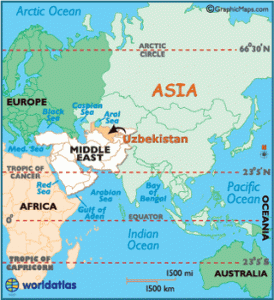

USSR Dissolves
Final pieces fall
Tajikistan
September 9, 1991: Tajikistan declares its independence from the Soviet Union.
Armenia
September 21, 1991: Armenia declares independence from the Soviet Union.
Turkmenistan
October 27, 1991: Turkmenistan declares its independence from the Soviet Union.
Kasakhstan
December 16, 1991: Kazakhstan declared its independence from the Soviet Union.
Russia
December 12, 1991: Russia independent
USSR Dissolves
The The End
December 24, 1991: Mikhail Gorbachev resigned as head of Soviet Union.
December 26, 1991: the official dissolution of the USSR.
USSR Dissolves
Treaty of Accession
April 16, 2003: 10 countries signed the 2003 Treaty of Accession admitting them to the European Union (EU). After Malta and Cyprus, eight of the ten new EU nations (Poland, Hungary, Slovakia, the Czech Republic, Slovenia, Estonia, Latvia, and Lithuania) were former communist countries. The signing of the treaty in Athens marked the first time that former members of the Soviet Bloc joined the EU.
